#Oceanography
Explore tagged Tumblr posts
Photo

~ Marianas Trench ~
3K notes
·
View notes
Text

marine biology sticker sheet
#marine biology#oceancore#oceanography#marine life#oarfish#regalec#octopus#mahi mahi#swordfish#marlin#surgeonfish#nautilus#manta ray#flying fish#coelacanth#nudibranch#sea slug#moon jellyfish#compass jellyfish#jellyfish#sunfish#anglerfish
1K notes
·
View notes
Text
Cryptid fish that has only been seen once and never again that may or may not exist but well never know my beloved

#BIG FUCKING DRAGONFISH IS JUST THERE IN THR SEA and HAS ONLY BEEN SEEN ONCE and NO ONE FUCKING KNOWS IF ITS REal????#oceanology#fish#marine biology#marine life#marine ecology#oceanography#deep ocean#marine#deep sea#conspiracy#cryptid#cryptids#cryptozoology#USO#conspiracy theory#marine fish#William Beebe#Otis Barton#fish facts#ocean life
14K notes
·
View notes
Text
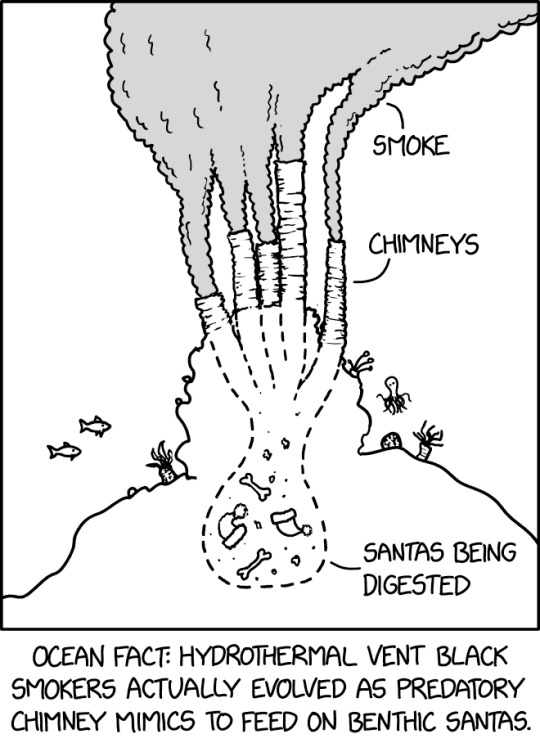
Benthic Santas weren't even discovered until the 1970s, but many scientists now believe Christmas may have originally developed around hydrothermal vents and only later migrated to the surface.
Hydrothermal Vents [Explained]
Transcript Under the Cut
[Top label:] Smoke [Middle label:] Chimneys [Bottom label:] Santas being digested
[Caption below the panel:] Ocean fact: Hydrothermal vent black smokers actually evolved as predatory chimney mimics to feed on benthic Santas.
#xkcd#xkcd 2872#webcomics#hydrothermal vents#christmas#oceanography#marine biology#benthos#happy chrimbo.
5K notes
·
View notes
Text

DEEP SEA PRODUCE ITS OWN "DARK OXYGEN"
Small metallic nodules, like potato-size strewn across the deep sea ocean seafloor produce oxygen in complete darkness and without any help from living organisms, a new research reveals.
Called polymetallic nodules, are found in the deep sea and produce oxygen through seawater electrolysis, where seawater splits into oxygen and hydrogen in the presence of an electric charge. This charge may come from the difference in electric potential that exists between metal ions within the nodules, which leads to a redistribution of electrons. This is called by scientists as dark oxygen, as is produced without sunlight, as photosintesys does.

-Polymetallic nodules coat fields of the ocean floor Photo: NOAA Office of Ocean Exploration and Research
These nodules polymetallic nodules are common between 3,000 to 6,000 m below the ocean surface. These nodules mostly contain oxides of iron and manganese , but also metals like cobalt, nickel and lithium, as well as rare earth elements such as cerium that are essential components of electronics and low-carbon technologies. This also raise new concerns about potentially mining polymetallic nodules, which could represent a vital source of oxygen for deep-sea ecosystems.
Main photo by Fisheries and Oceans Canada
Reference (Open Access): Sweetman et al., 2024. Evidence of dark oxygen production at the abyssal seafloor. Nat. Geosci.
#deep sea#science#geology#marine science#abyssal#pacific#biology#marine biology#oceanography#dark oxygen
2K notes
·
View notes
Text
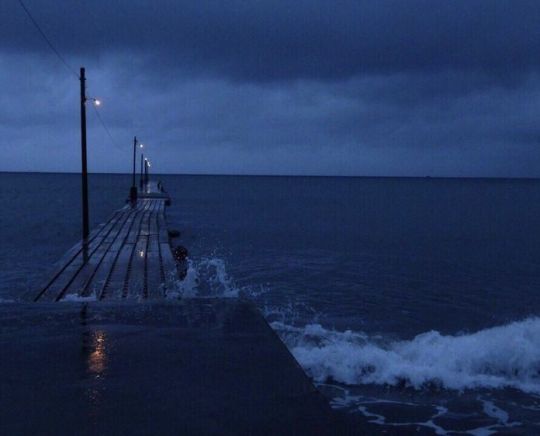
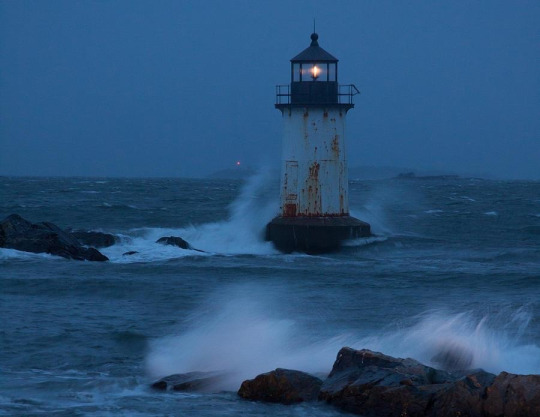
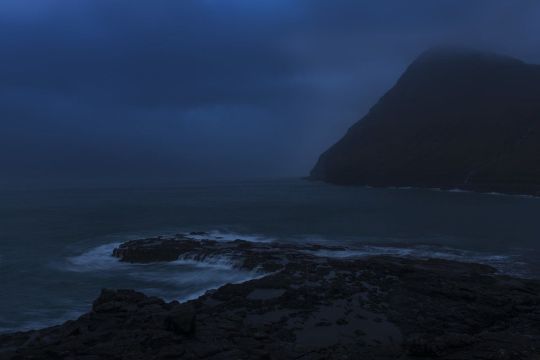
Where I am, mentally.
#blue#blue aesthetic#dark aesthetic#darkness#dark photography#photography#pinterest#tumblrlove#tumblrgirl#tumblrpost#blog post#oceanography#sea#pale waves#seaside#lighthouse#landscape#seascape#coast
12K notes
·
View notes
Text
Siphonophore rainbow 🌈
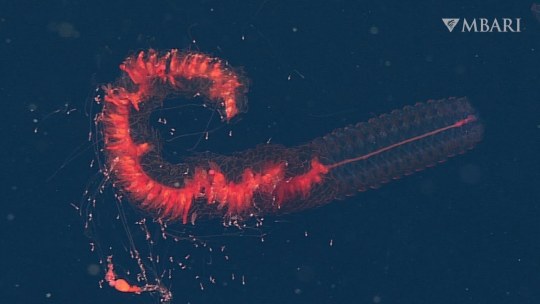
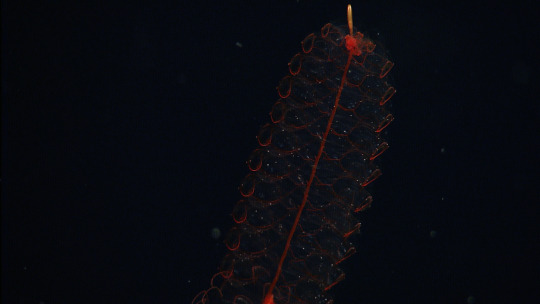
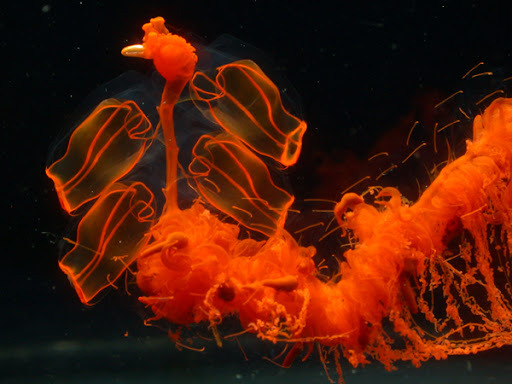
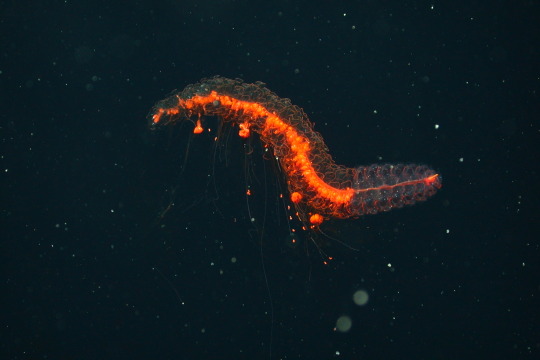
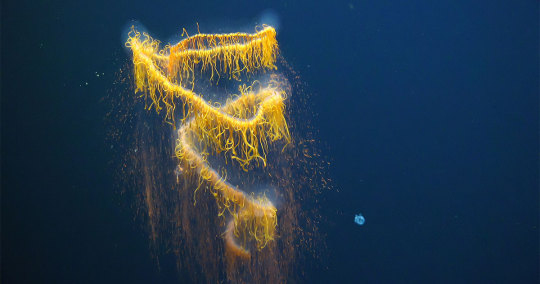
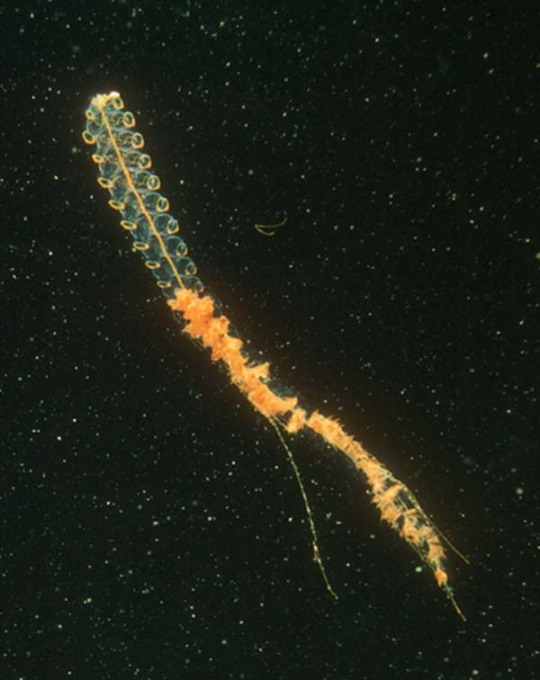
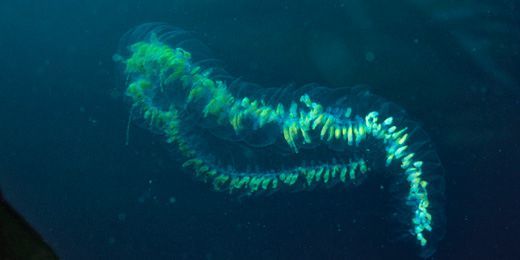
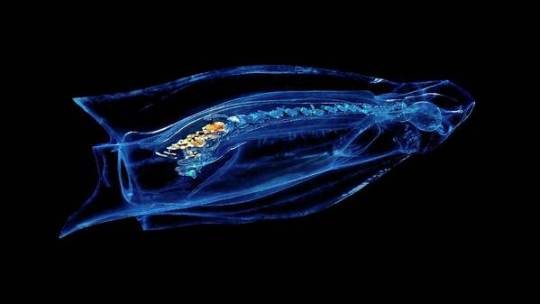
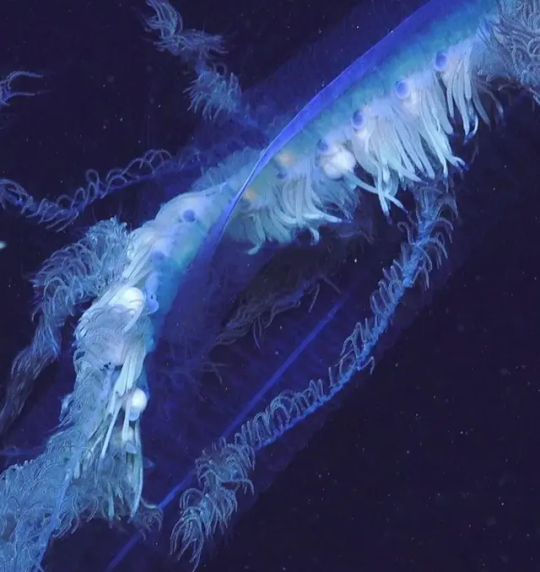
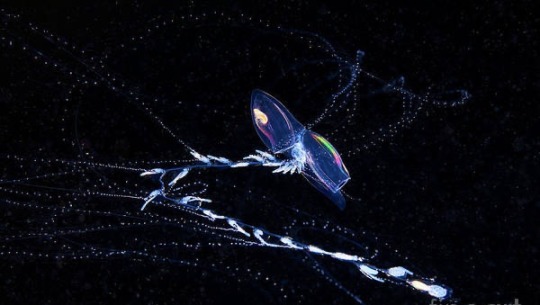
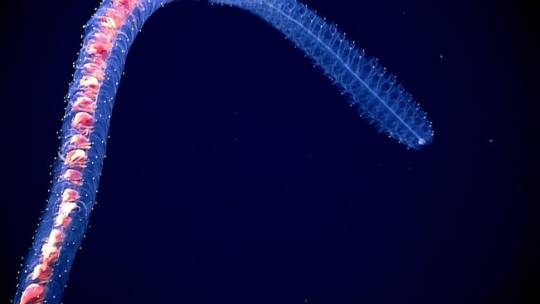
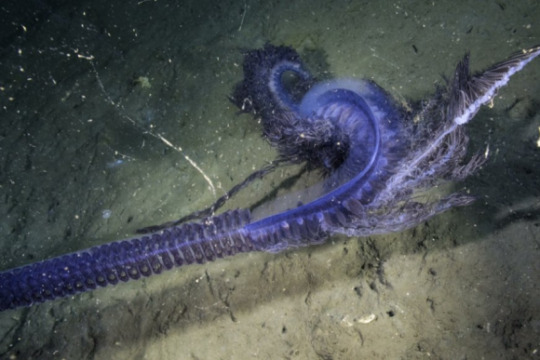
Love to sea it 🌊
#marine biology#biology#science#marine science#oceanposting#ocean life#deep sea#siphonophores#siphonophore#cnidarians#hydrozoa#marine creatures#love to sea it#ocean creatures#oceanography#ocean critters#marine life#marine animals#sea critters#sea creatures#ocean animals#ocean#underwater#sea life#aquatic life#underwater photography
1K notes
·
View notes
Text
THESE ARE NOT PLANTS
I was going put together a cute meme about how seaweed/kelp isn't a plant, it's macroalgae. But to do that, I wanted to show a photo of some ocean life that actually are plants. The problem is that the first two sources that come up when you do a google search for "ocean plants" include multiple kinds of algae, as well as ANEMONES AND CORALS. CORALS AND ANEMONES ARE ANIMALS.
So now, the theme of this post has changed from "Kelp isn't a plant" to:
"NONE OF THESE THINGS ARE PLANTS"
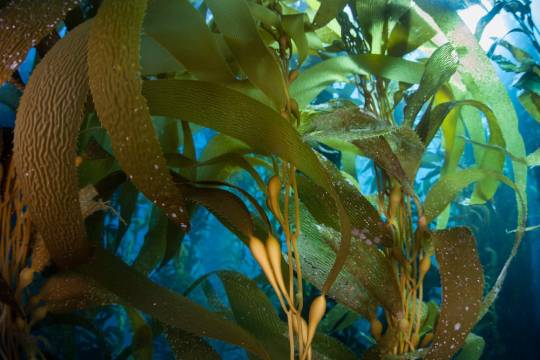

Kelp are a type of macro algae from the Protista kingdom. Protists are not animals, plants or fungi.
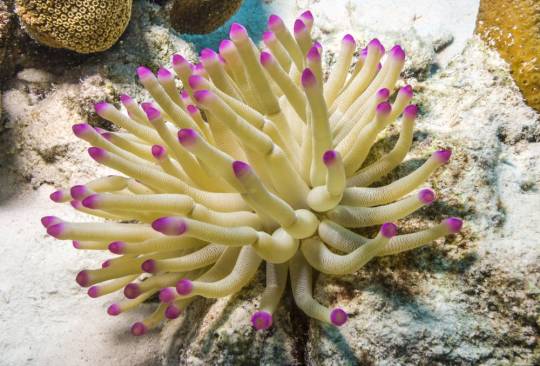
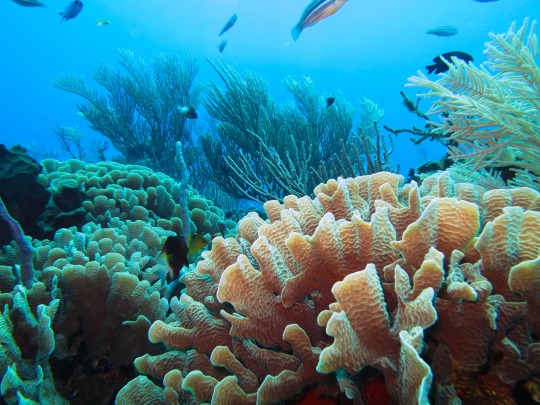
Anemone and corals are from the Metazoa sub-kingdom, aka they are animals. They are also not plants. No, not even the corals that host photosynthetic organisms within them - because the zooxanthellae they host are protists, like the kelp.
725 notes
·
View notes
Text

Undersea tourists enjoy the view from inside a Gemini submersible's acrylic spheres. Artwork by Jeff Mangiat for Popular Mechanics, October 1988.
168 notes
·
View notes
Note
Hi! What do you know about the Magnapinna Big fin squid? Is that even it's actual name?
I'm talking about this guy:

Bigfin Squid are AWESOME! They're in the genus Magnapinna which is Latin for "great fin". They're the largest squid species alive today that we know of! They've been recorded to grow around 6 m (20 ft) long and live in depths of up to 6,000 m (20,000 ft)- which is the deepest a squid is known to reside.
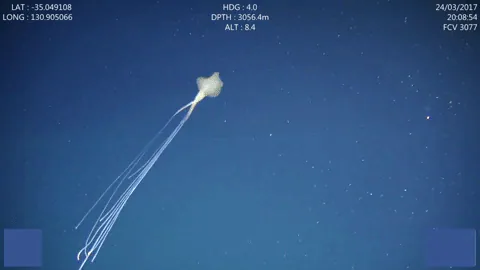

There are about three known species of these squid, but most likely more! Even though they're widely distributed across the oceans, they're still difficult to find- only approximately a dozen have been observed. Because they're hard to find and study, there's little we know about them. So, a lot of what we hypothesis is based on what we know of other squid species.
#marine biology#marine ecology#animals#science#biology#squid#marine animals#sea creatures#sea animals#bigfin squid#big fin squid#magnapinna squid#oceanography#marine life#wildlife#sea wildlife#fun facts#animal facts#ocean#deep sea
364 notes
·
View notes
Text
Video taken by the diver, who captured an extraordinary moment, it attracted a lot of attention on social media. 🤔
-x@0bendeozledim
#pay attention#educate yourselves#educate yourself#knowledge is power#reeducate yourself#reeducate yourselves#think about it#think for yourselves#think for yourself#do your homework#do your own research#do some research#ask yourself questions#question everything#sea life#oceanography
257 notes
·
View notes
Text
Trapped in a Taylor Column
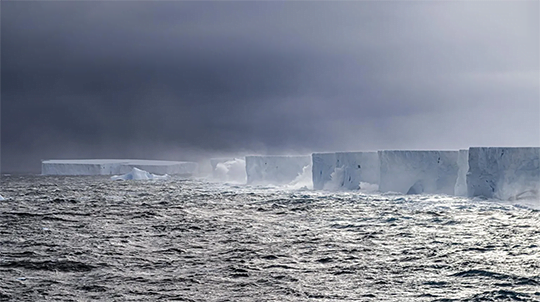
The world's largest iceberg, A23a, is stuck. It's not beached; there are a thousand meters or more of water beneath it. But thanks to a quirk of the Earth's rotation, combined with underwater topology, A23a is stuck in place, spinning slowly for the foreseeable future. (Image credit: A23a - D. Fox/BAS, diagram - IBSCO/NASA; via BBC News; submitted by Anne R.) Read the full article
161 notes
·
View notes
Text
Did you know that 4000 metres bellow the ocean there are chemosynthetic bacteria that are specifically evolved to digest the wood of trees that have grown on land?
The wood on the sea floor can come from trees that fall into lakes and end up in the ocean, or wooden ships that have sunken. (Called 'Wood-falls')
The reason why deep marine organisms are able to digest wood despite never seeing the light of day, let alone a plant - since plants are unable to grow in the deep ocean because of a lack of sunlight - is because the ocean is so isolated and scarce of food that when a new food source is suddenly available, organisms rapidly evolve to be able to eat it.
This is called 'Adaptive Radiation', and can also occur on isolated islands.

#Ocean#oceanology#marine biology#marine ecology#marine ecosystem#marine life#deep ocean#deep sea#microbiology#oceanography#oceancore#ocean floor#marine#seacore#Sea#deep marine life#sailorcore#fish#the abyssal#oceanic#sea#marine love#fun facts#ocean facts#marine biodiversity#evolution
8K notes
·
View notes
Text
🌊🌊🌊
122 notes
·
View notes
Text

#photography#massimo listri#earth#ocean#nature#aesthetic#nature photography#life#design#science#beauty#oceanography#shells#marine biology#sea shells#cottagecore#art#meditation#beach#summer#🕶️
132 notes
·
View notes
Text
"The world's coral reefs are close to 25 percent larger than we thought. By using satellite images, machine learning and on-ground knowledge from a global network of people living and working on coral reefs, we found an extra 64,000 square kilometers (24,700 square miles) of coral reefs – an area the size of Ireland.
That brings the total size of the planet's shallow reefs (meaning 0-20 meters deep) to 348,000 square kilometers – the size of Germany. This figure represents whole coral reef ecosystems, ranging from sandy-bottomed lagoons with a little coral, to coral rubble flats, to living walls of coral.
Within this 348,000 km² of coral is 80,000 km² where there's a hard bottom – rocks rather than sand. These areas are likely to be home to significant amounts of coral – the places snorkelers and scuba divers most like to visit.
You might wonder why we're finding this out now. Didn't we already know where the world's reefs are?
Previously, we've had to pull data from many different sources, which made it harder to pin down the extent of coral reefs with certainty. But now we have high resolution satellite data covering the entire world – and are able to see reefs as deep as 30 meters down.

Pictured: Geomorphic mapping (left) compared to new reef extent (red shading, right image) in the northern Great Barrier Reef.
[AKA: All the stuff in red on that map is coral reef we did not realize existed!! Coral reefs cover so much more territory than we thought! And that's just one example. (From northern Queensland)]
We coupled this with direct observations and records of coral reefs from over 400 individuals and organizations in countries with coral reefs from all regions, such as the Maldives, Cuba, and Australia.
To produce the maps, we used machine learning techniques to chew through 100 trillion pixels from the Sentinel-2 and Planet Dove CubeSat satellites to make accurate predictions about where coral is – and is not. The team worked with almost 500 researchers and collaborators to make the maps.
The result: the world's first comprehensive map of coral reefs extent, and their composition, produced through the Allen Coral Atlas. [You can see the interactive maps yourself at the link!]
The maps are already proving their worth. Reef management agencies around the world are using them to plan and assess conservation work and threats to reefs."
-via ScienceDirect, February 15, 2024
#oceanography#marine biology#marine life#marine science#coral#coral reefs#environment#geography#maps#interactive maps#ai#ai positive#machine learning#conservation news#coral reef#conservation#tidalpunk#good news#hope#full disclosure this is the same topic I published a few days ago#but with a different article/much better headline that makes it clear that this is “throughout the world there are more reefs”#rather than “we just found an absolutely massive reef”#also included one of the maps this time around#bc this is a really big deal and huge sign of hope actually!!!#we were massively underestimating how many coral reefs the world has left!#and now that we know where they are we can do a much better job of protecting them
447 notes
·
View notes